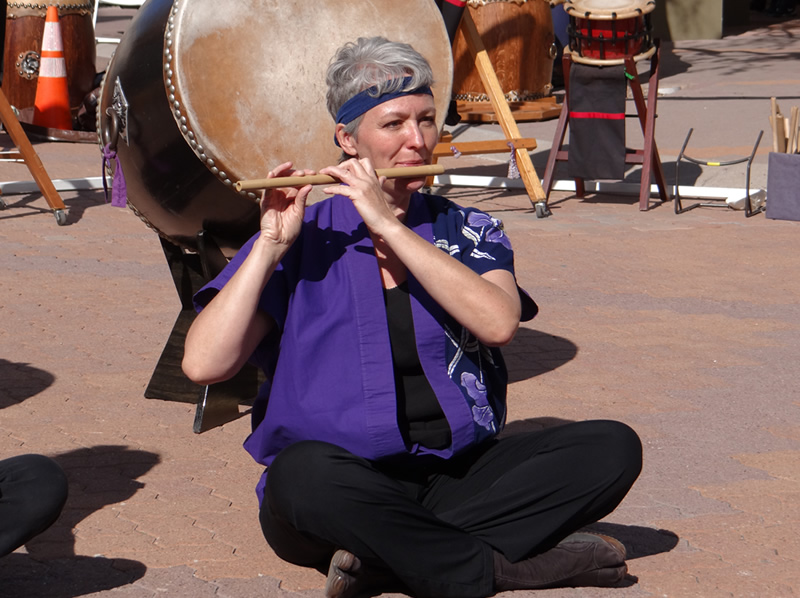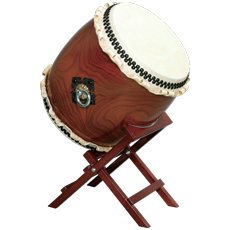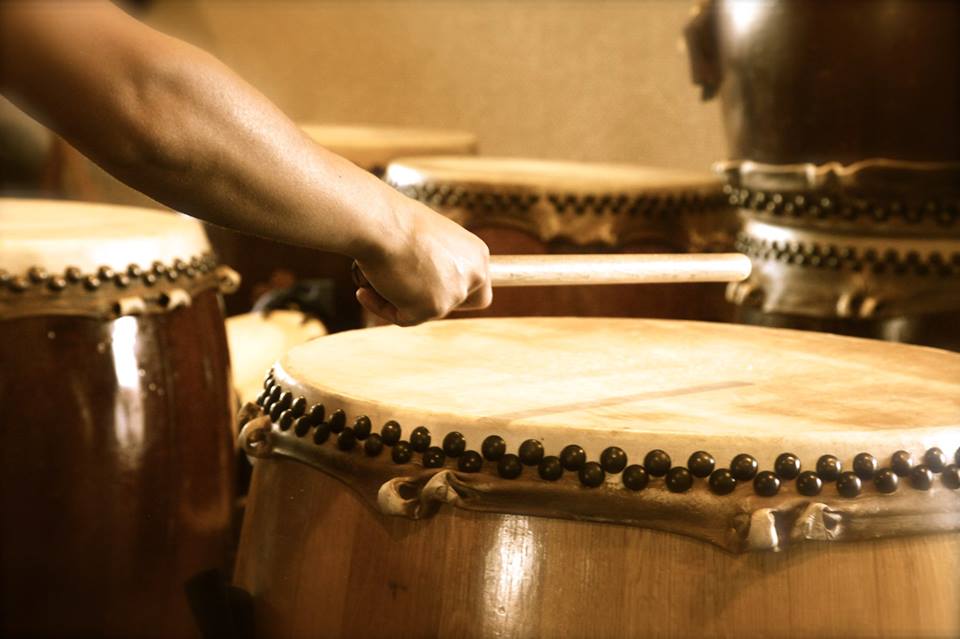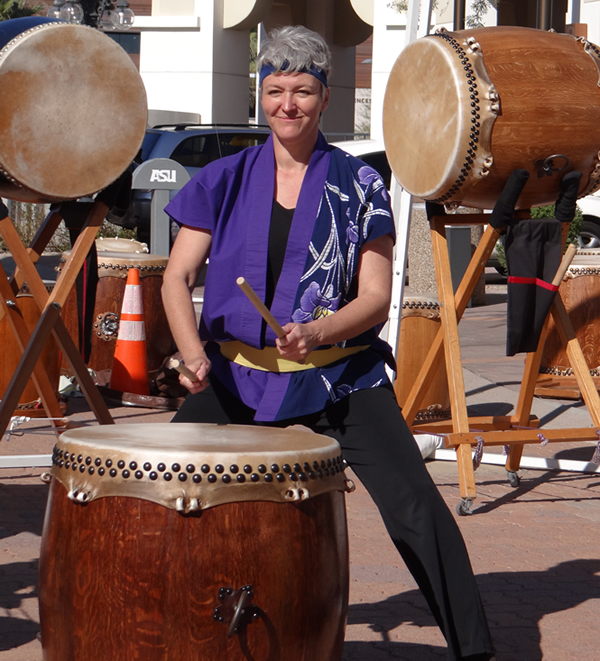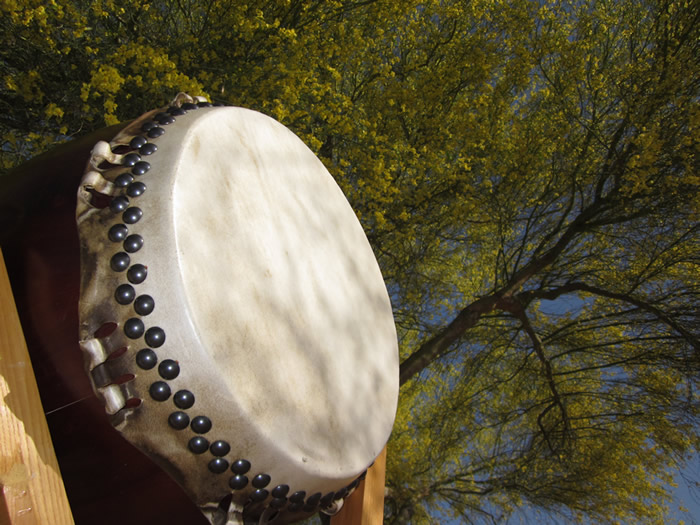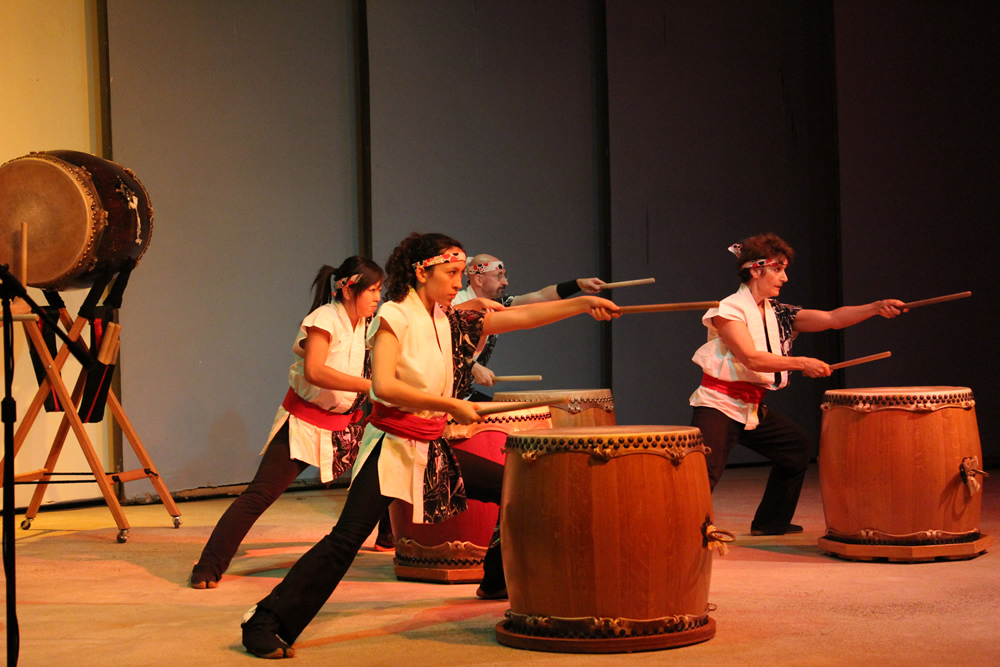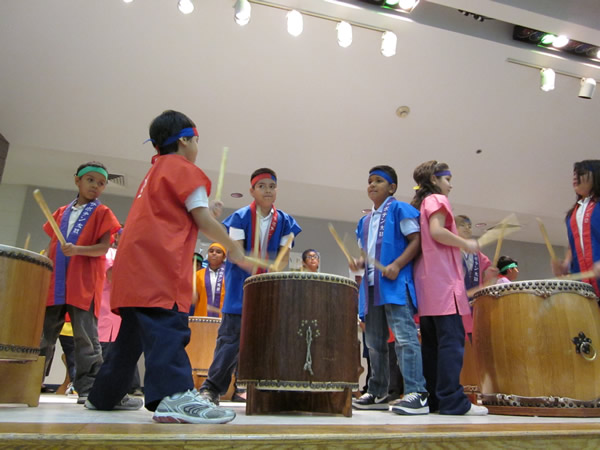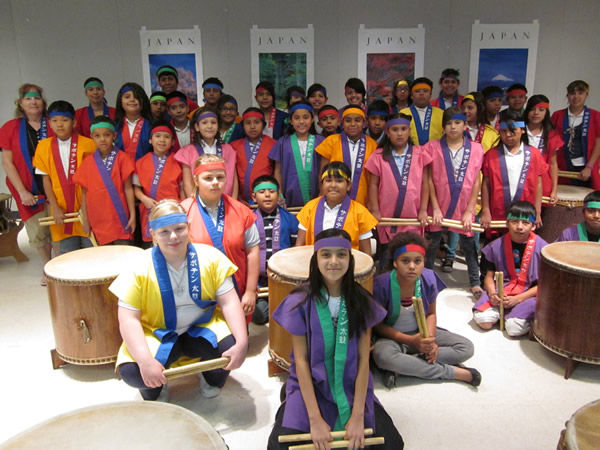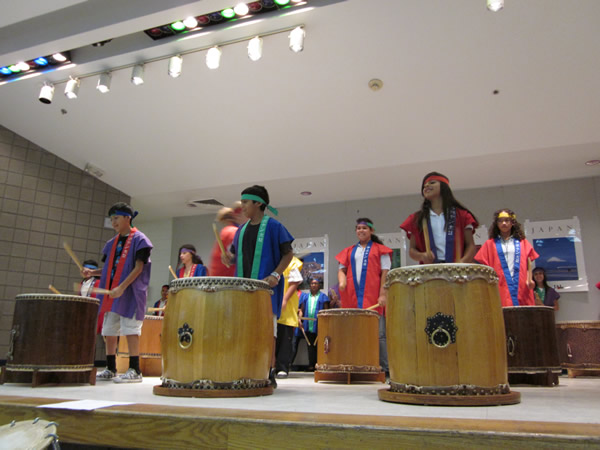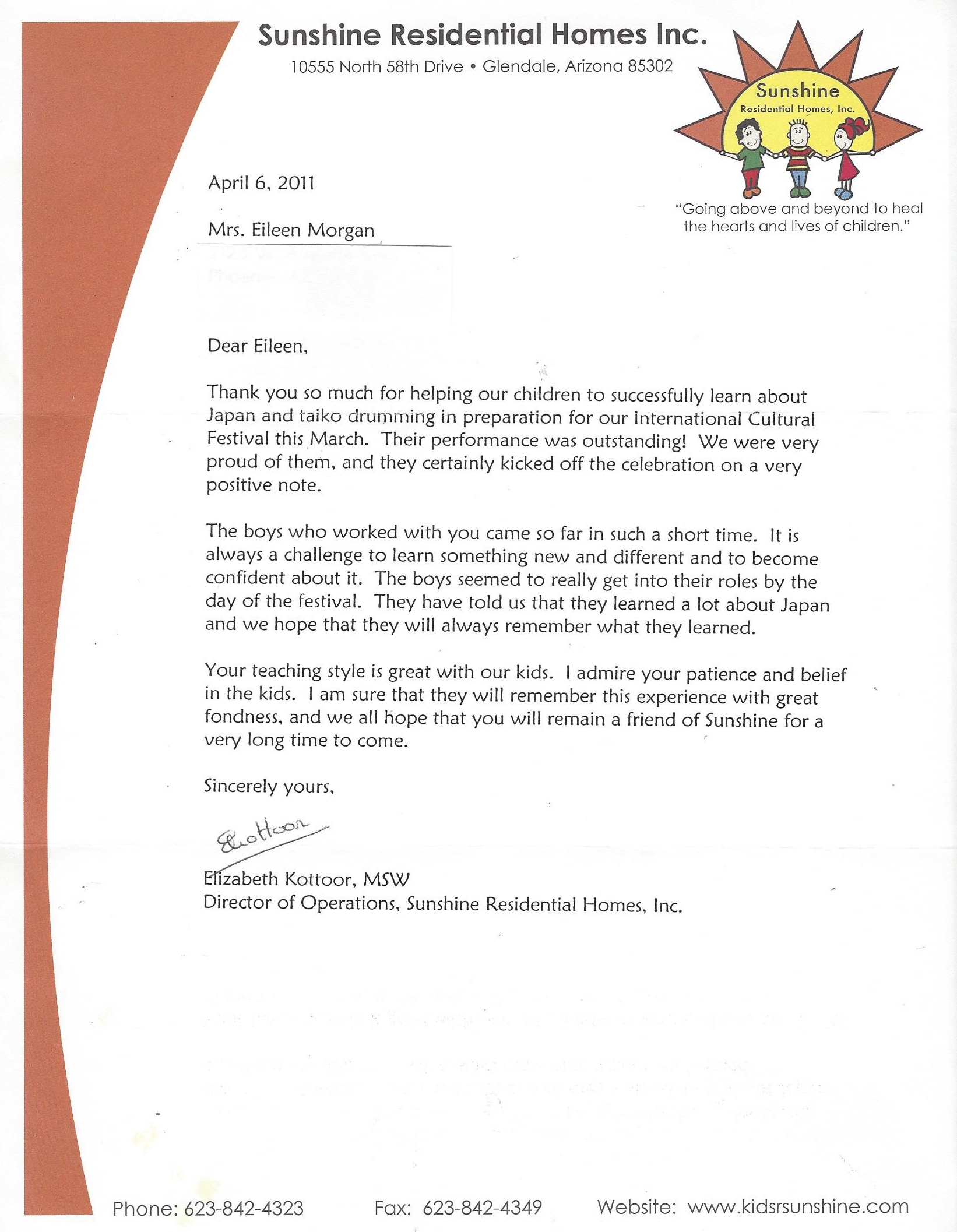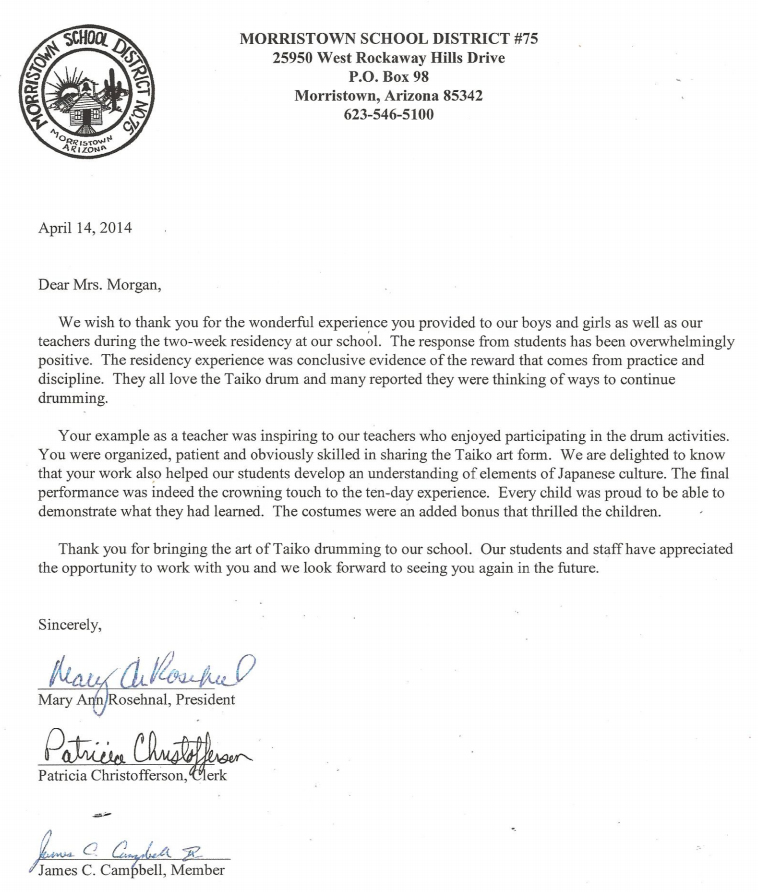Taiko Drumming provides a unique opportunity to work with groups and individuals in a variety of settings, creating a dynamic environment to learn and improve teamwork and cooperation skills, create self-awareness of physical skills, mental focus, intention, and a drive to challenge and improve oneself. These concepts are introduced and expanded upon through group drumming, led by qualified Taiko instructors.
The main elements of the program encompass those concepts of teamwork and cooperation, focus and intention, as well as the joy, pride, and the sense of accomplishment that comes from working hard and trying something new - concepts that will help a student succeed throughout their life.
Length of Time: 45 - 75 minute ongoing class
Amount of Students: 12-28 students
Grades Eligible: 1st-8th
Length of Course: 1 week to multi-semester (14-30+ sessions)
To Book: Contact Eileen Morgan Sensei through our Booking page
Course Content:
Each lesson will include some of the following aspects:
- Taiko history
- History of the instrument
- Historical use of the instrument (temple, festivals, motivational)
- History of individual music pieces
- History of Taiko in America
- How drums are made and of what material
- Differences between Japanese and U.S. taiko
- Fundamental Taiko skills
- Kata (form): Position of body, arms, hands, wrists, legs, torso, back
- Varying Kata (form) in accordance with different songs
- Ki: identification and use of energy sources from inside the body
- Correct hold and use of bachi (drumsticks)
- Uchi-kata (hitting technique)
- Basic Japanese vocabulary
- Hello, thank you, teacher, counting, instrument and equipment names
- Fundamental music skills
- Consistent beat
- Basic rhythms; | | | | , | | |_| | , | |_| | | , |_| | |_| | , |_| |_| | | , etc.
- Use of dynamics (quite/soft and loud) and correct placement on the drum
- Use of accents (correct use of body to achieve)
- Kuchishoka (voice music) as learning aid
- Group performance in unison
- Physical and mental awareness
- Stretching and strength exercises
- Identification and use of ki as energy and endurance source
- Awareness of gross and fine motor skills and modification to achieve desired
- Stance and movements
- Concentration and focus of task at hand
- Behavioral concepts
- Respect for sensei (teacher)
- Respect for instrument (correct use and transportation of instrument)
- Respect for self (correct use of body and energy)
- Respect for fellow students and classmates
- Respect for dojo (practice space)
- Self-control
- Personal challenge
- Accept and value constructive critique
Physical and Emotional Safety: A large component of Japanese culture is respectful behavior towards others. An understanding of the rules of society and the taiko classroom help to provide a clear understanding of the expectations for all participants, creating a safe emotional space for students to explore this new art form. Precise directions in the use of the taiko equipment ensures there are no physical injuries to students or damage to taiko equipment or school facilities.
Caring Youth-Adult Relationships: The use of positive reinforcement, clear statement of teacher expectations and rules, along with the consistent demonstration of those rules being applied equally to all applicable students help to ensure a positive classroom environment that fosters high expectations.
Student Voice and Choice: Students have ample opportunity to demonstrate their commitment to the program, helping to identify and create leaders and encourage teamwork and cooperation.
Intentional Skill Building: Taiko provides a powerful and immediate opportunity to hear the results of teamwork, cooperation and active listening. Students are lead through the process of learning a song: how to sequence it, how to play it, and how to critique and analyze the results. It becomes a clear goal for students to give their best effort to accomplish the common goal of performing in unison. This powerful approach to teamwork and cooperation give the students concrete evidence of the positive result of working together for a common goal. The increased need for focused effort to create performance ready music is highly transferable to other venues in a student’s life, be they class time, study time or extra-curricular activities like arts participation, sports activities or additional after school enrichment programs.
Strong School Partnerships: It is of utmost importance for the success of the taiko drumming program to coordinate with the faculty, staff, and coordinators to ensure that the goals of the taiko program match the goals of the school program. Faculty and staff that understand the parameters of the program and what it has to offer are consistently more supportive of the program.
